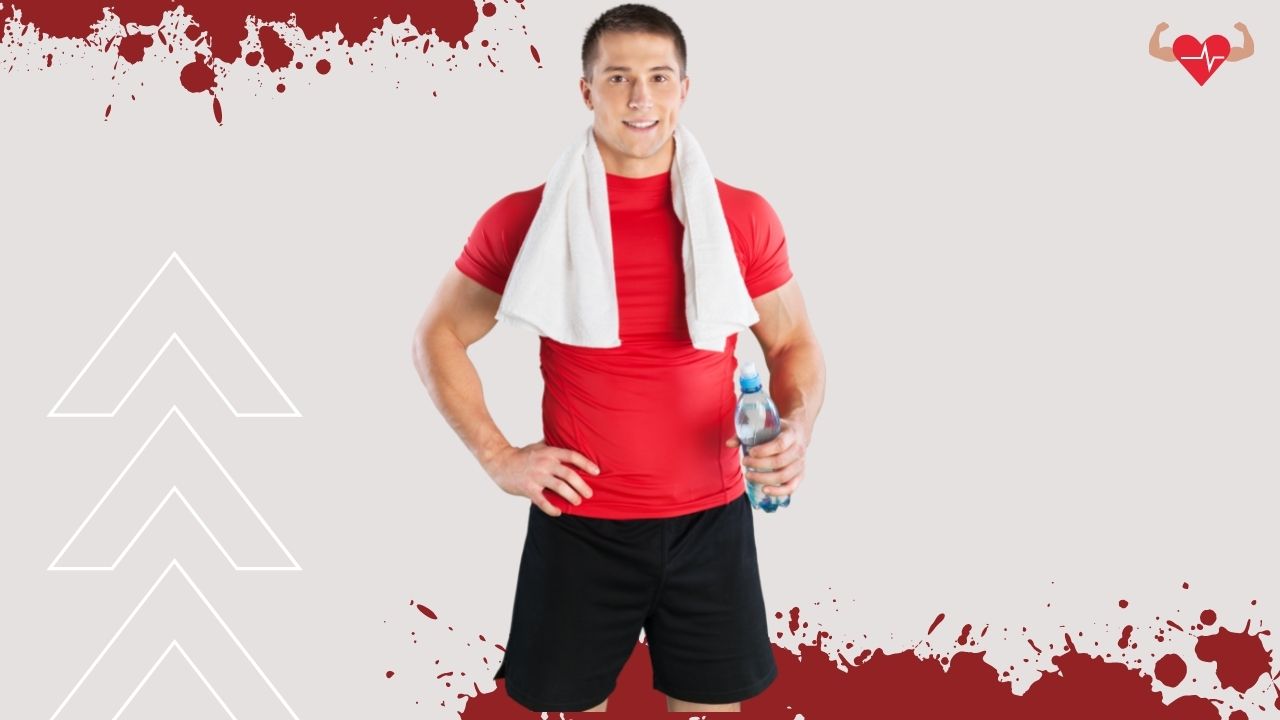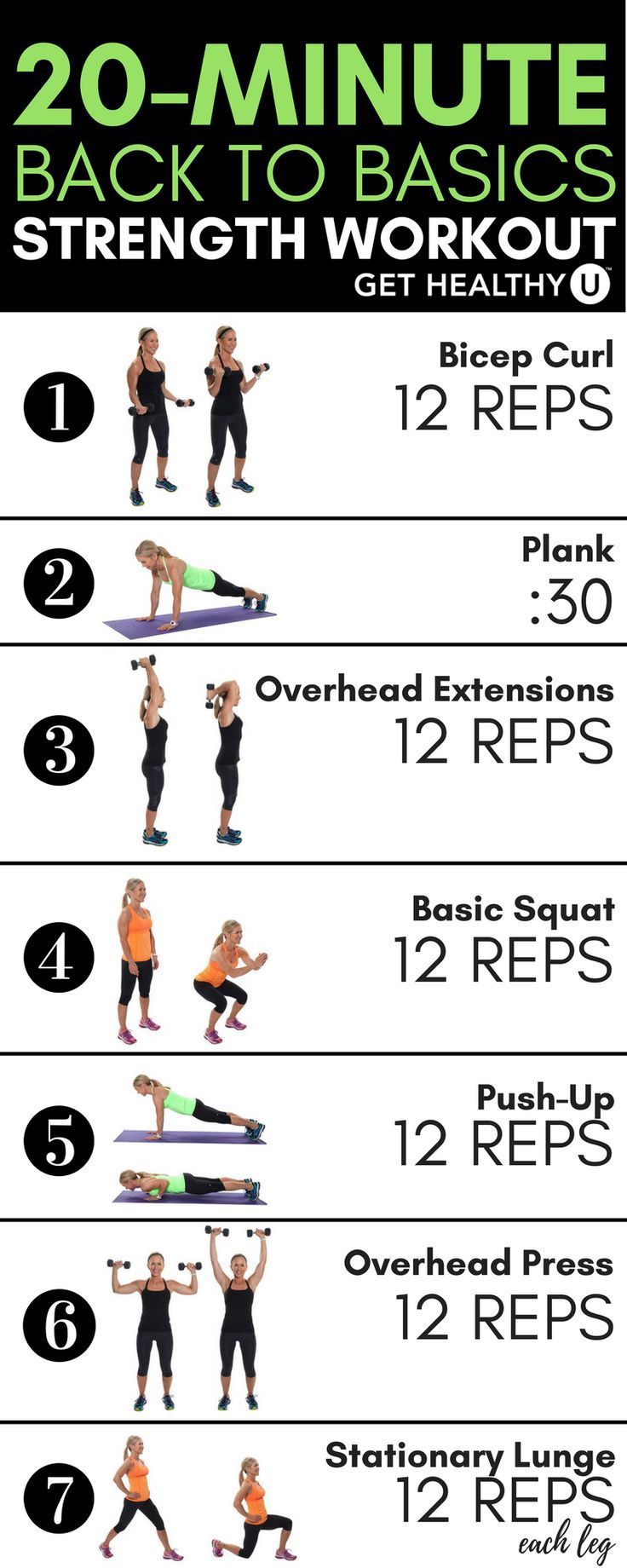
It's possible to wonder what the best snack is for pre-workout. While there are many foods you can eat before you hit the gym, some experts recommend trying hard-boiled eggs for the most complete protein and nutrients. They also have vitamin D, calcium, iron, and the B vitamins. A small serving of nut butter on whole wheat toast contains about seven grams of protein and 15 grams of carbohydrates. This snack is ideal for people who train for longer periods.
A nut butter and fruit combo is another great snack for pre-workout. These two foods have the perfect balance of nutrients for the body. Bananas contain potassium, which may prevent muscle cramps after intense exercise. Or, you can opt for vegetable sticks like carrot sticks or sweet potato. Vegetables such sweet potatoes, spinach, and broccoli are high in fiber and complex carbs. You can opt for a whey-protein shake if you are vegetarian or vegan.

A healthy mix of carbs and protein is the best pre-workout snack. You can choose to have whole-grain crackers, or nonfat milk. Both have 33g of carbohydrates and less then fiveg of fat. These drinks also have fluids and 319 mgs sodium. This is vital for your training results. These are excellent post-workout snacks. Whole-grain crackers make a great source of protein.
Your goals should dictate what a good snack is. There are some foods that are better for you than others. But you want to make sure that your snack fuels you well and doesn’t leave you feeling weak. Light, low-fat, high-carbohydrate snacks are the best for pre-workout snack. Your full meal should be eaten two to three hour before you begin your workout. A snack should be taken 30 minutes before you start your work out.
A high-protein snack is also essential for a good pre-workout. A balanced mixture of carbohydrates and protein should be consumed two to four hours before you start your workout. Your workout will be more effective if you eat high-protein protein snacks. For those with sensitive sugar needs, a high-fat snack might not be the best choice. A low-carb pre-workout snack will be a better choice for those who want to maintain a healthy diet.

The best pre-workout snack should be a high-protein, high-carb snack. Pre-workout snacks should contain between 100 and 300 calories. It should contain between 10-20 grams protein and 30-40g carbohydrates. It should not be eaten before your workout. You should also know that these are not all the options. Different types of snacks are best for different people. You may have to experiment with the amount of protein in your meal and timing.
FAQ
How can you tell what is good?
You need to listen to your body. When it comes to your body's needs for exercise, food, or rest, it is the best. It is important to listen to your body to ensure you are not doing too much. Be aware of your body and do what you can to maintain good health.
What are the ten best foods to eat in America?
These are 10 of the best foods to eat.
-
Avocados
-
Berries
-
Broccoli
-
Cauliflower
-
Eggs
-
Fish
-
Grains
-
Nuts
-
Oats
-
Salmon
What can you do if your immune system is weak?
The human body is composed of trillions if not billions of cells. Each cell works together to create organs and tissues that fulfill specific functions. When one cell dies, another cell replaces it. Cells communicate with one another using chemical signals called hormonal hormones. All bodily processes are controlled by hormones, including metabolism and immunity.
Hormones are chemicals secreted by glands throughout the body. They travel through our bloodstream and act as messengers, controlling how our bodies function. Some hormones are produced within the body while others are externally manufactured.
Hormone production begins when a hormone-producing gland releases its contents into the bloodstream. Once hormones are released, they move through the body to reach their target organ. Some hormones are only active for a brief time. Some hormones remain active for longer periods of time and can continue to have an impact on the body's function long after they are gone.
Some hormones may be produced in large numbers. Others are only produced in very small quantities.
Some hormones are produced at certain times during life. Estrogen is one example. It's produced in puberty, pregnancy and menopause. Estrogen is important for women to develop breasts and maintain bone density. It also helps prevent osteoporosis. It promotes hair growth as well as keeping skin soft and smooth.
What should I eat?
Get lots of fruits & vegetables. They are rich in vitamins that can strengthen your immune system. Fruits and veggies are also high in fiber, which makes them filling and helps with digestion. Try to include at least five servings of fruit and veg per day.
Water is essential for your body. Water flushes out toxins and helps you feel full between meals. Drink about eight glasses each day.
Consume whole grains and not refined. Whole grains retain all nutrients including B vitamins, iron and zinc as well as calcium, magnesium, calcium, protein, and magnesium. Refined grains are stripped of some of their nutritional value.
Avoid sugary beverages. Sugary drinks are loaded with empty calories and contribute to obesity. Choose water, milk or unsweetened tea instead.
Avoid fast food. Fast food has very low nutritional value. Although it may taste delicious, fast food won't provide you with the energy you need for your daily activities. Stick to healthier options such as salads, soups, sandwiches, and pasta dishes.
Limit alcohol intake. Alcohol contains empty calories and contributes to poor nutrition. Limit yourself to no more than two alcoholic beverages a week.
Red meat consumption should be reduced. Red meats can be high in cholesterol and saturated fat. Opt for lean cuts of beef, pork, lamb, chicken, fish, and turkey instead.
Statistics
- WHO recommends reducing saturated fats to less than 10% of total energy intake; reducing trans-fats to less than 1% of total energy intake; and replacing both saturated fats and trans-fats to unsaturated fats. (who.int)
- According to the 2020 Dietary Guidelines for Americans, a balanced diet high in fruits and vegetables, lean protein, low-fat dairy and whole grains is needed for optimal energy. (mayoclinichealthsystem.org)
- According to the Physical Activity Guidelines for Americans, we should strive for at least 150 minutes of moderate intensity activity each week (54Trusted Source Smoking, harmful use of drugs, and alcohol abuse can all seriously negatively affect your health. (healthline.com)
- Extra virgin olive oil may benefit heart health, as people who consume it have a lower risk for dying from heart attacks and strokes according to some evidence (57Trusted Source (healthline.com)
External Links
How To
What does "vitamin" actually mean?
Vitamins can be described as organic compounds found in food. Vitamins aid us in absorbing nutrients from the food we eat. Vitamins are not made by the body, so they must be obtained through food.
There are two types if vitamins: water soluble, and fat soluble. Water-soluble vitamins dissolve readily in water. These include vitamin C (thiamine), Vitamin B1 (riboflavin), Vitamin B2 (riboflavin), Vitamin B3 (niacin), Vitamin B6 (pyridoxine), Vitamin C, B1 (thiamine), Vitamin B2 (riboflavin), Vitamin B3 (niacin), and Vitamin B6 (pyridoxine). Fat soluble vitamins are stored in the liver and fatty tissue. Some examples include vitamin D and E, K, A and beta carotene.
Vitamins can be classified according to biological activity. There are eight main groups of vitamins.
-
A - vital for healthy growth.
-
C - essential for nerve function and energy generation.
-
D - Vital for healthy bones and teeth
-
E is required for good vision and reproduction.
-
K - required for healthy muscles and nerves.
-
P - vital for building strong bones andteeth.
-
Q - aids digestion and absorption of iron.
-
R – Required for the formation of red blood vessels.
The recommended daily allowance (RDA), for vitamins, varies depending upon age, gender, or physical condition. The U.S. Food and Drug Administration has established the RDA values.
For adults aged 19 and older, the RDA for vitamin B is 400 micrograms daily. For fetal development, pregnant women need 600 mg per day. Children ages 1-8 require 900 micrograms per day. Children under 1 year old require 700 micrograms daily, while infants over one year old need 500 micrograms every day. This decreases between 9 and 12 months.
Children ages 1-18years who are obese need 800 micrograms per day while those who are overweight need 1000 micrograms per day and children who are underweight need 1200 micrograms per day to meet their nutritional needs.
Children ages 4-8 years who have been diagnosed with anemia need 2200 micrograms per day of vitamin C.
2000 micrograms are required daily for good health in adults over 50. Because of their higher nutrient needs, women who are pregnant or nursing need 3000 mg per day.
1500 micrograms is the recommended daily intake for adults aged 70+, who lose approximately 10% of muscle each year.
Women who are pregnant or nursing need more than the RDA. Pregnant mothers need 4000 micrograms per daily during pregnancy and 2500 after giving birth. Breastfeeding mothers need 5000 micrograms per day when breast milk is being produced.